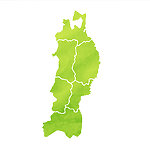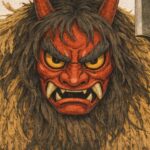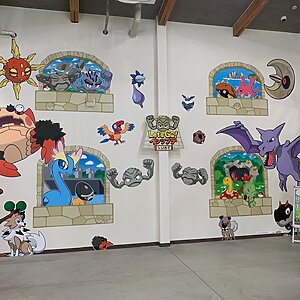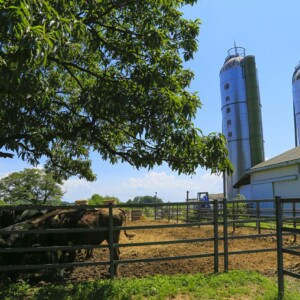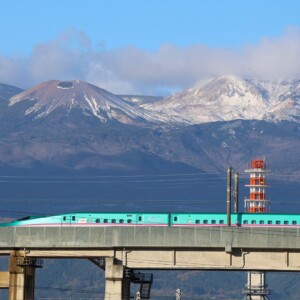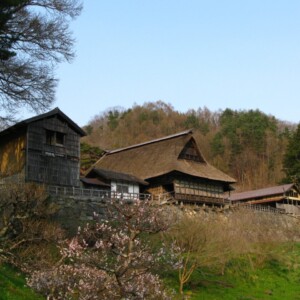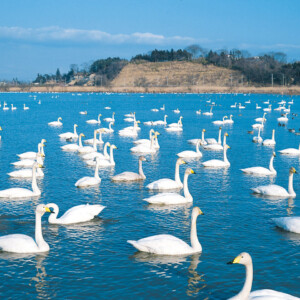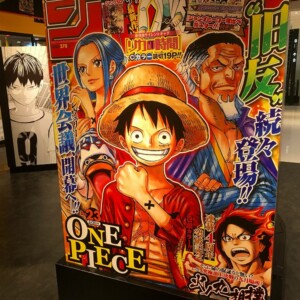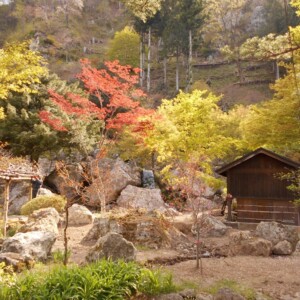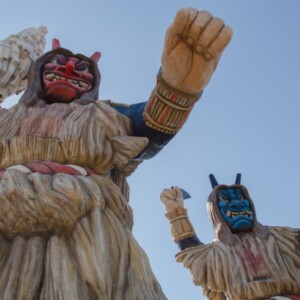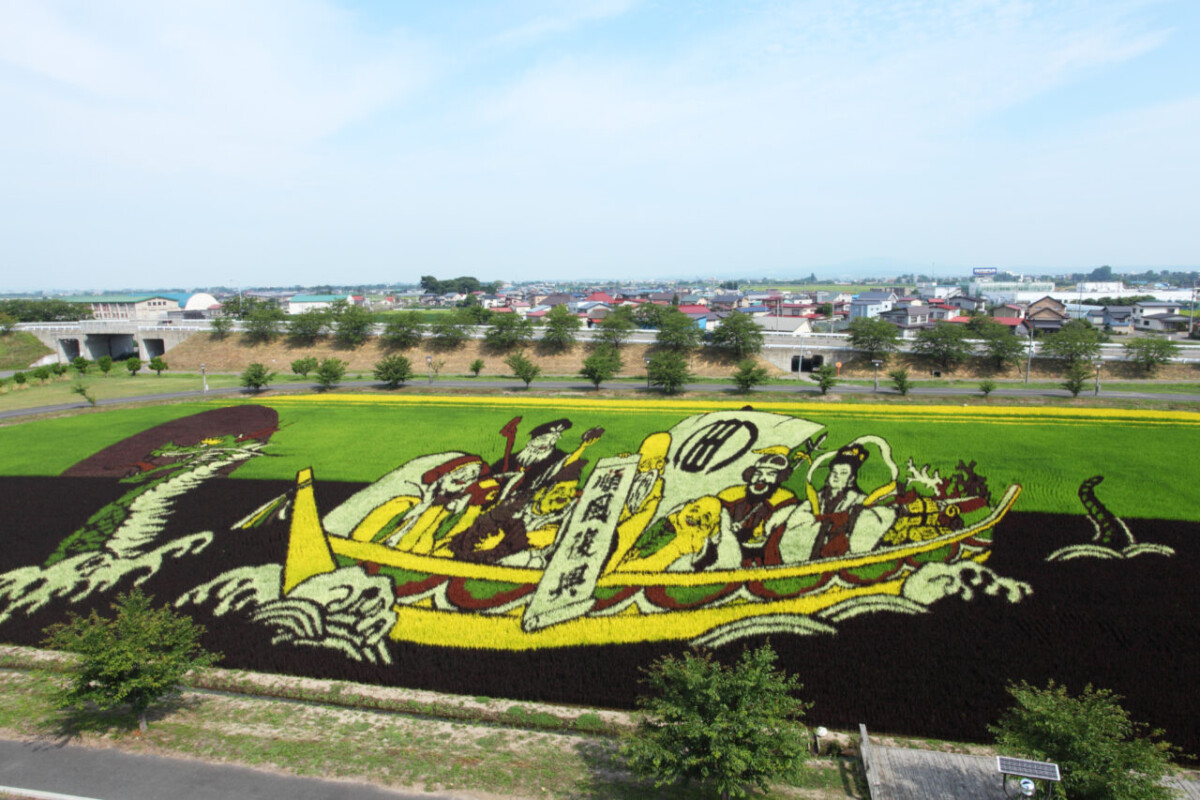
Not just rice paddy art! "Winter rice paddy art" made with footprints in the snow [Inakadate Village, Aomori Prefecture]
table of contents
Inakadate Village in Aomori Prefecture is known for its famous rice field art
Inakadate Village, located in the central part of Aomori Prefecture, is the birthplace of northern rice cultivation culture, and rice cultivation has been a thriving industry there. "Rice Field Art" was planned to revitalize the village, utilizing the experience of rice cultivation and the vast land
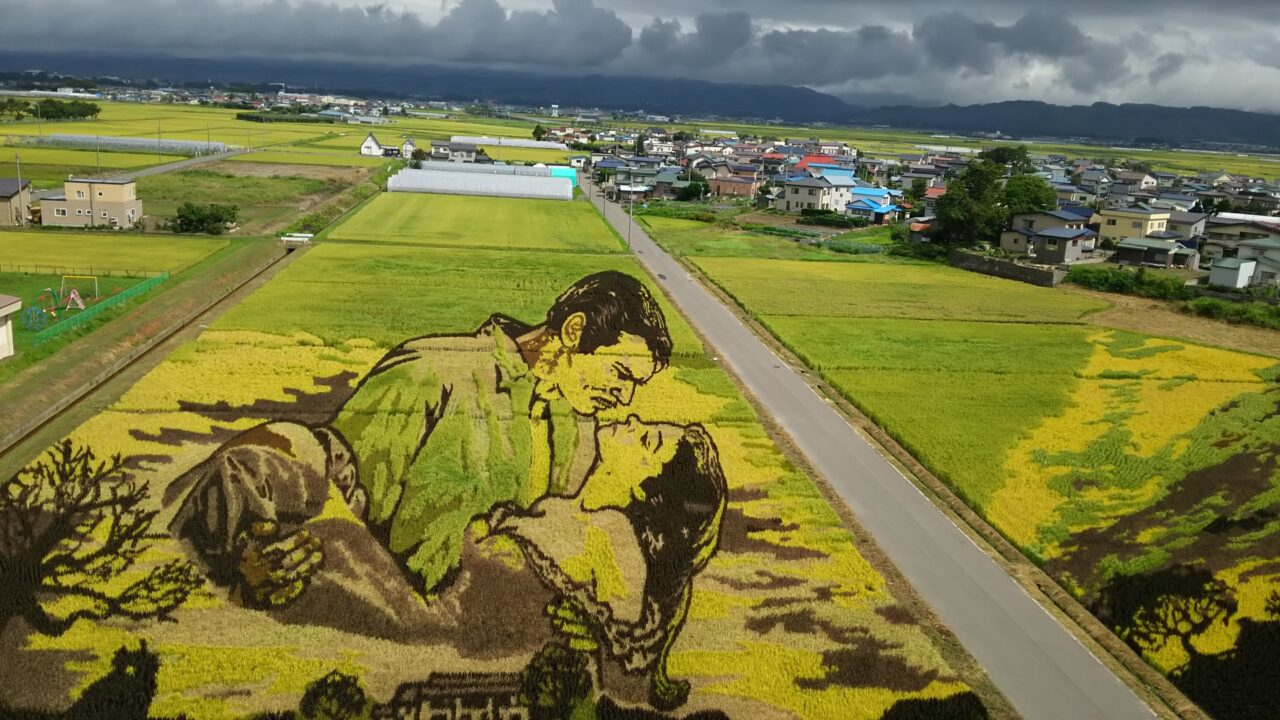
The distinctive feature of rice paddy art is that different colored rice plants are planted like painting a picture on a canvas. The designs are designed to be viewed from diagonally above, and each plant is carefully planted one by one
He is also particular about the color of the brushstrokes, and when he first started he used three different colors to paint his pictures, but in recent years he has been using 11 different colors in seven different colors to create vibrant art
The project began with trial and error, but the technology has improved year by year. Its meticulous design and artistic quality are second to none, and it has been featured frequently in international media
"Winter Rice Field Art" that can be enjoyed even in the snow
"Winter Rice Field Art," which began in 2016 (Heisei 28) in an effort to utilize the rice field art venue in the winter as well .
was started by members of "Snow Artist Group It's OK." , who created pictures on a pure white snow field with no landmarks, using only the footprints of snowshoes.
Snow art on a snowy field looks simple but is actually difficult
Snow art is not something that you just start painting on the snow. You create a rough sketch with a detailed plan and design, decide the route you will take, and the technique you will use before you start making your first footprints on the white snow field
The shoes used are snowshoes, which are used when walking on snowy mountains
Walking in these shoes leaves beautiful footprints, and patterns and pictures are drawn on the snow. It may seem simple, but there's more to it than just walking
In order to leave a footprint, you need to lift your knees firmly and press down firmly, and if you don't remove your feet cleanly, the mark will look like you've dragged it through the snow
The unique feature of snow art is that it requires a tremendous amount of physical strength because the snow is deep
Shade: The heart of art
To ensure you're moving in the right direction, check your steps and angle one by one to determine your next step
The usual method for drawing a circle is for one person to stand at the center holding the rope, and everyone to walk around in a circle, using a compass
Snow art can be expressed as clear lines or as footprints in patterns
The footprint patterns "shades ," and the quality of the work changes dramatically depending on how well the shades look. Lines can be erased, but footprints are difficult to correct. When Inakadate Village's "Winter Rice Field Art" first began, there were many accidents, such as the shades not coming out beautifully or people stepping in unexpected places.
Over the years, the techniques have improved, and the art is now as well known and of a quality that rivals that of summer rice paddy art
Snow art is beautiful precisely because it can only be seen for a short time
"Winter Rice Field Art" takes six to seven hours to create art on a snowy field. It is easily affected by the weather and only looks beautiful for a short period of time. Its ephemeral beauty is what makes it remain in the hearts of many people
Winter Rice Paddy Art was first held in 2016 and has become an annual event. However, due to the spread of COVID-19, the event was postponed for two years, with the last event being held in 2020
Snow art is beautiful precisely because it cannot be preserved forever. We sincerely hope that the day will come when we can once again hear the spontaneous cheers of joy
Inakadate Roadside Station <Information>
- Name: Roadside Station Inakadate Yayoi no Sato
- Address: 10-10 Takahi Yahata, Inakadate Village, Minamitsugaru District, Aomori Prefecture, 038-1111
- Phone number: 0172-58-4411
- Official URL: https://www.michinoeki-inakadate.com/



![What is Akita Inland Railway? Introducing a small luxury that you can enjoy using the route [Akita Prefecture] 2589863_m](https://jp.neft.asia/wp-content/uploads/2022/01/2589863_m-150x150.jpg)
![[Kagamiishi Town, Fukushima Prefecture] Visit the corn maze and rice field art at Iwase Farm, famous for its farm mornings! iwase1](https://jp.neft.asia/wp-content/uploads/2023/07/iwase1-1-150x150.jpg)
